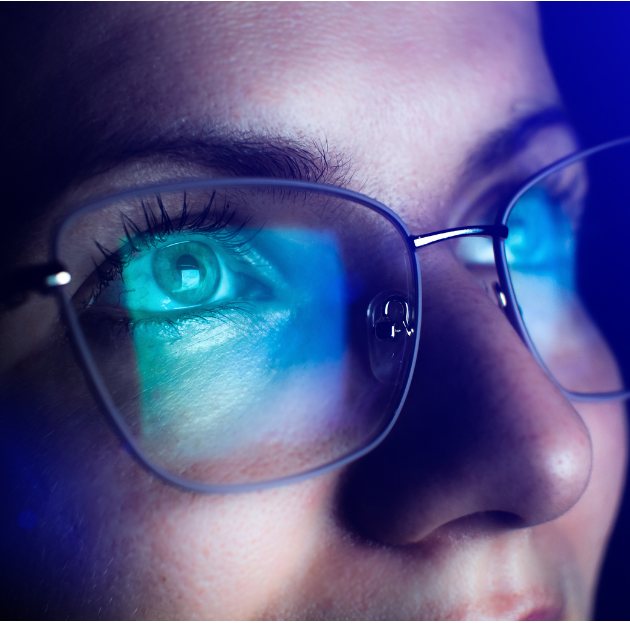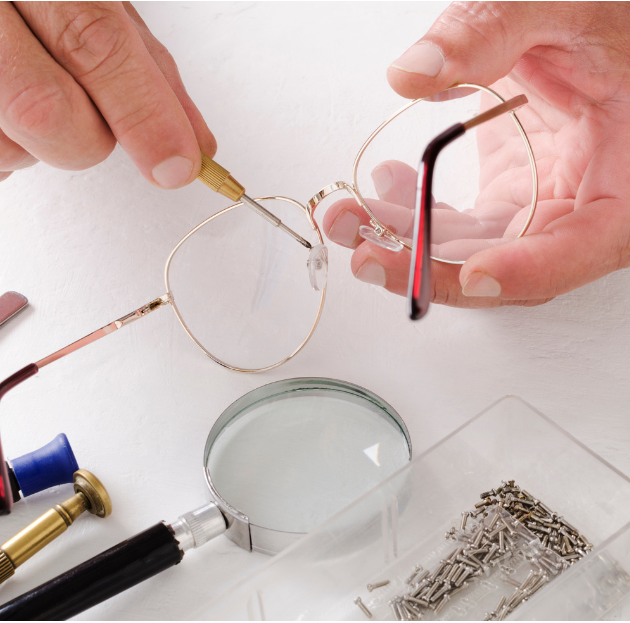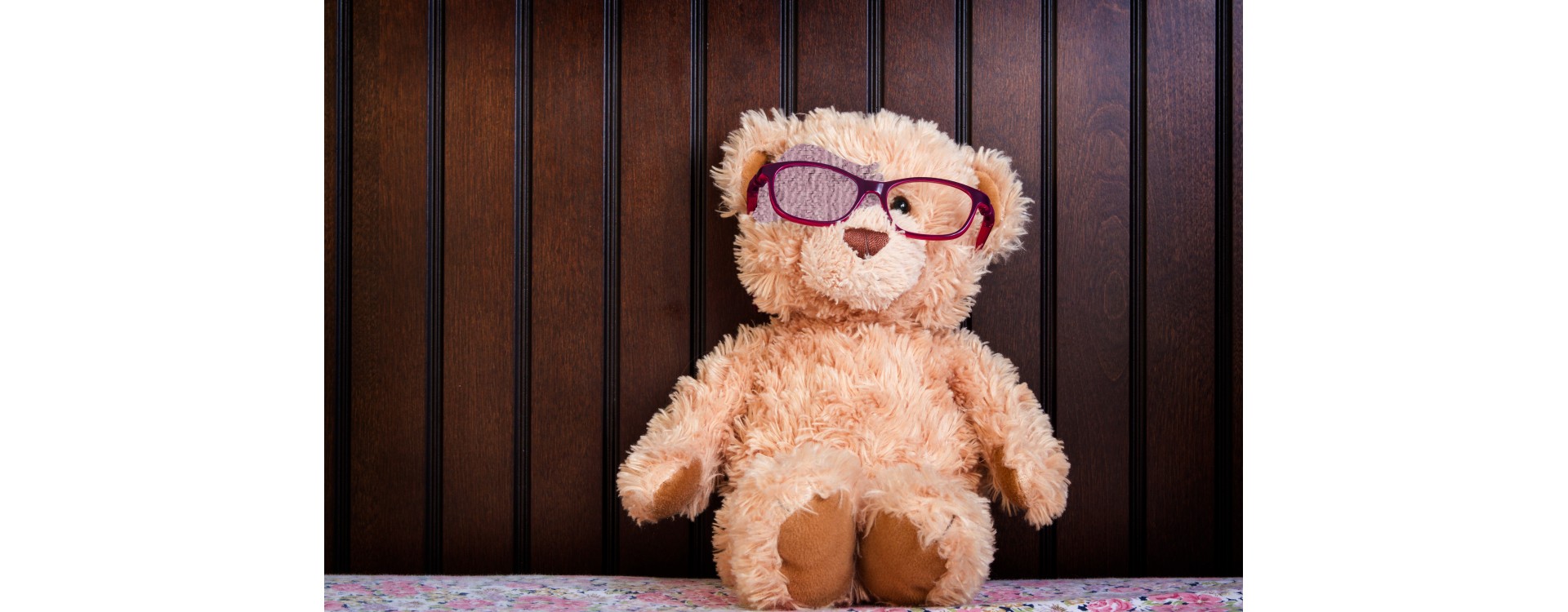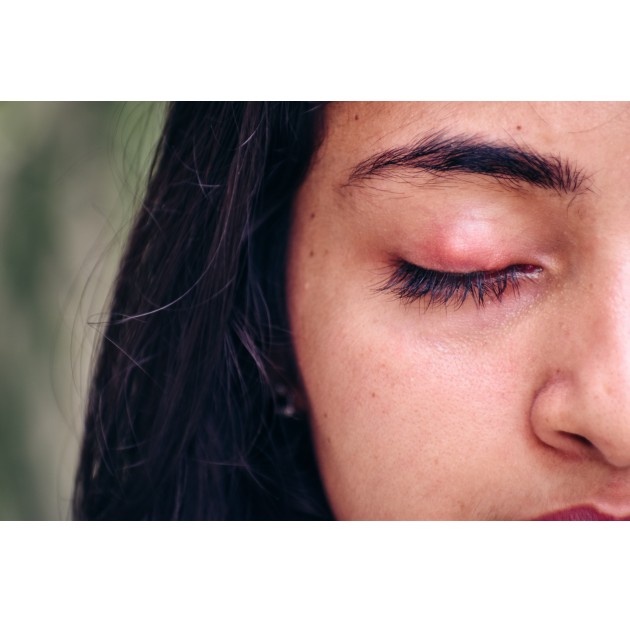Search in blog
Blog categories
Featured posts
-

-

Can we keep the frame and change the lenses ?
En lire plus -

Y2K Sunglasses: How the 2000s Style Is Back
En lire plus
BLUE LIGHT FILTER OFFERED UNTIL JANUARY 18*
Money-back Guarantee •
International Shipping •
Adaptable to your prescription




Amblyopia, commonly known as "lazy eye," is a frequent vision disorder that mainly affects young children. It presents as a reduced visual acuity in one eye, or sometimes both, which cannot be fully corrected with glasses or contact lenses. This condition arises from poor communication between the eye and the brain, with the brain favoring one eye over the other. This can lead to difficulties with depth perception or clear vision, making everyday tasks more challenging for affected children.
Several factors can cause amblyopia:
These conditions are often identified in young children, and early treatment is crucial to prevent permanent vision loss.
Amblyopia is usually diagnosed during routine eye exams in young children. Visible signs may include an eye turning inward or outward or a noticeable difference in vision between the two eyes. Vision tests, such as those that assess visual acuity and color vision, can detect amblyopia. It is essential to have your child’s eyes checked regularly to avoid any delays in their visual development.
Various treatments can improve visual acuity in children with amblyopia:
Early detection and regular follow-up are key to effective treatment.
Although preventing amblyopia may not always be possible, regular eye exams from an early age can help detect issues before they worsen. Treating amblyopia as early as possible reduces the risk of long-term visual impairment.
Amblyopia is a common condition in children, but it can be effectively treated if detected early. Paying close attention to children’s vision and scheduling regular eye checkups is vital to maintaining their eye health. Additionally, opting for reconditioned eyeglasses can not only support their vision but also encourage a sustainable lifestyle.






Search
Menu
Filters

Leave a comment